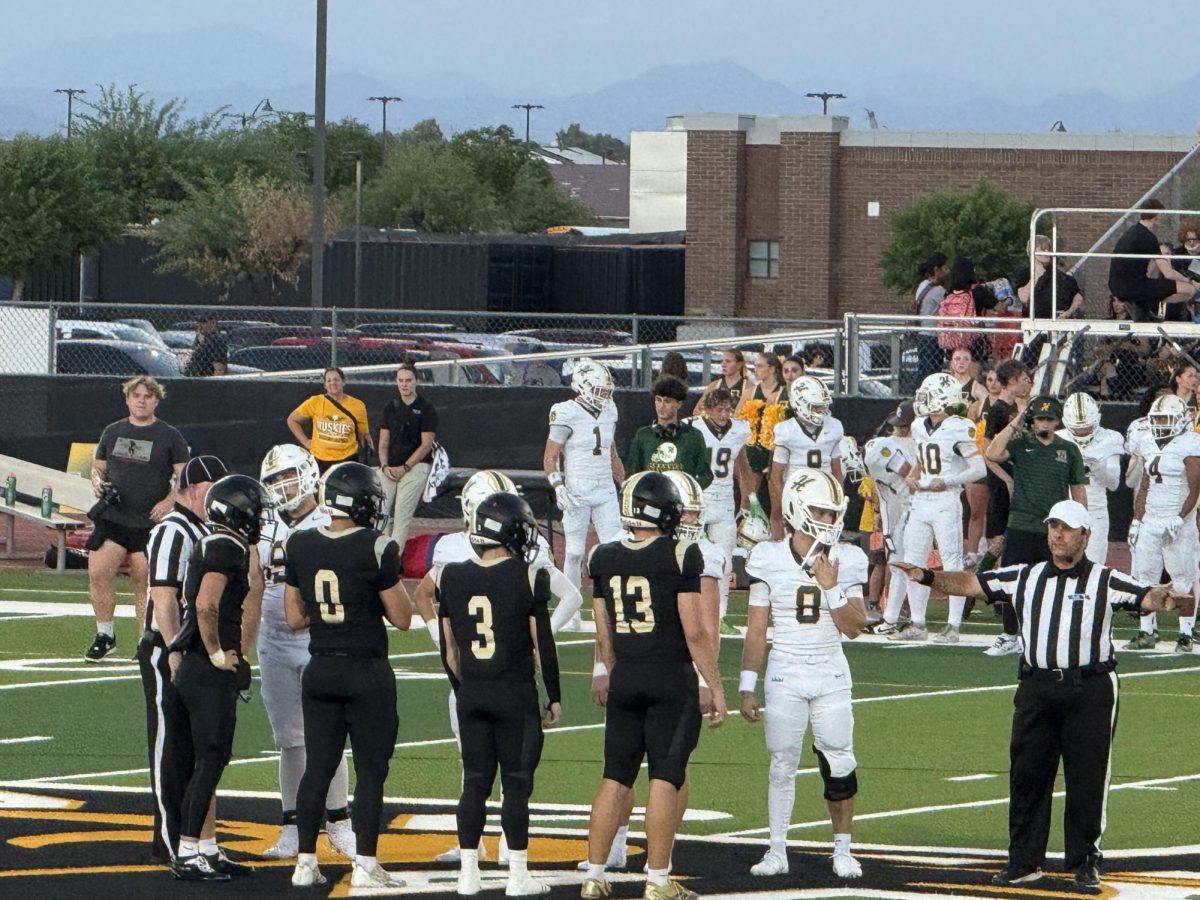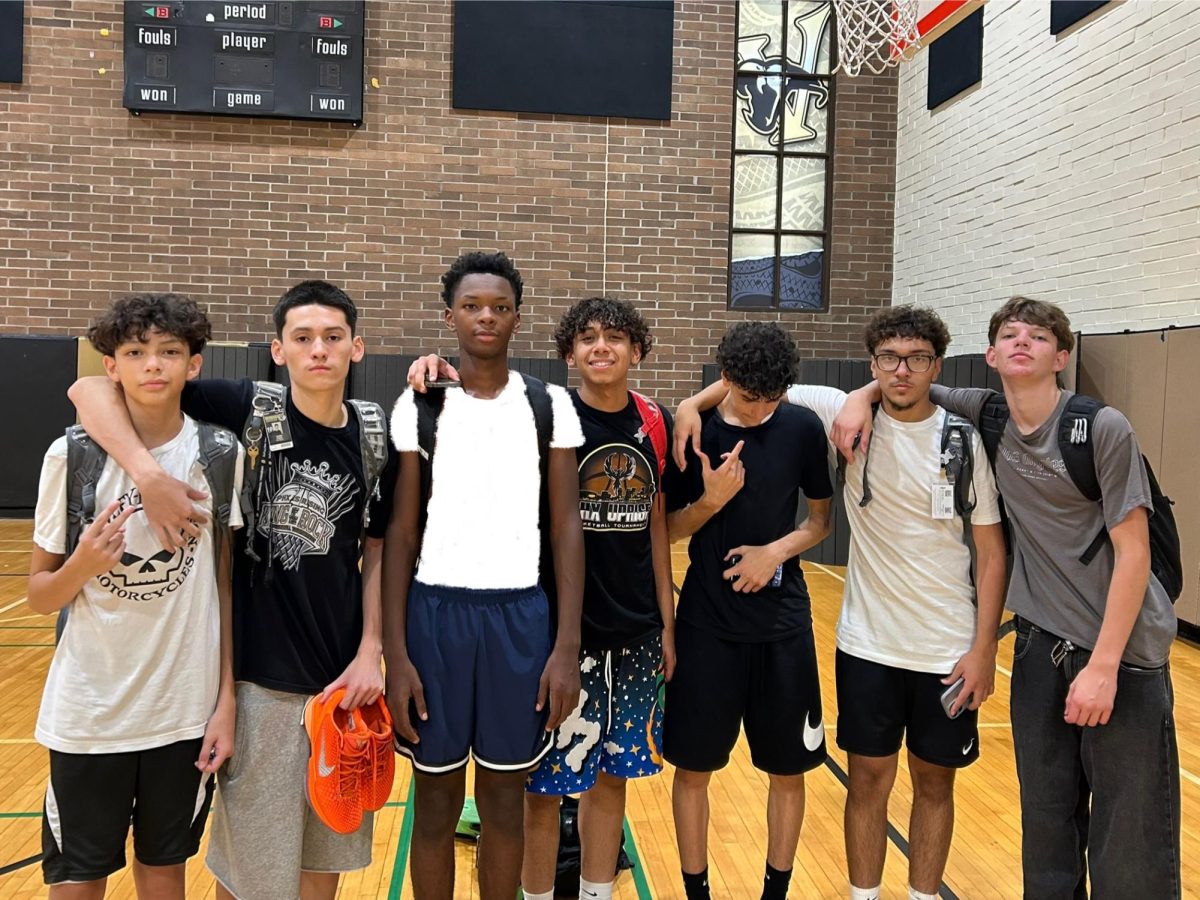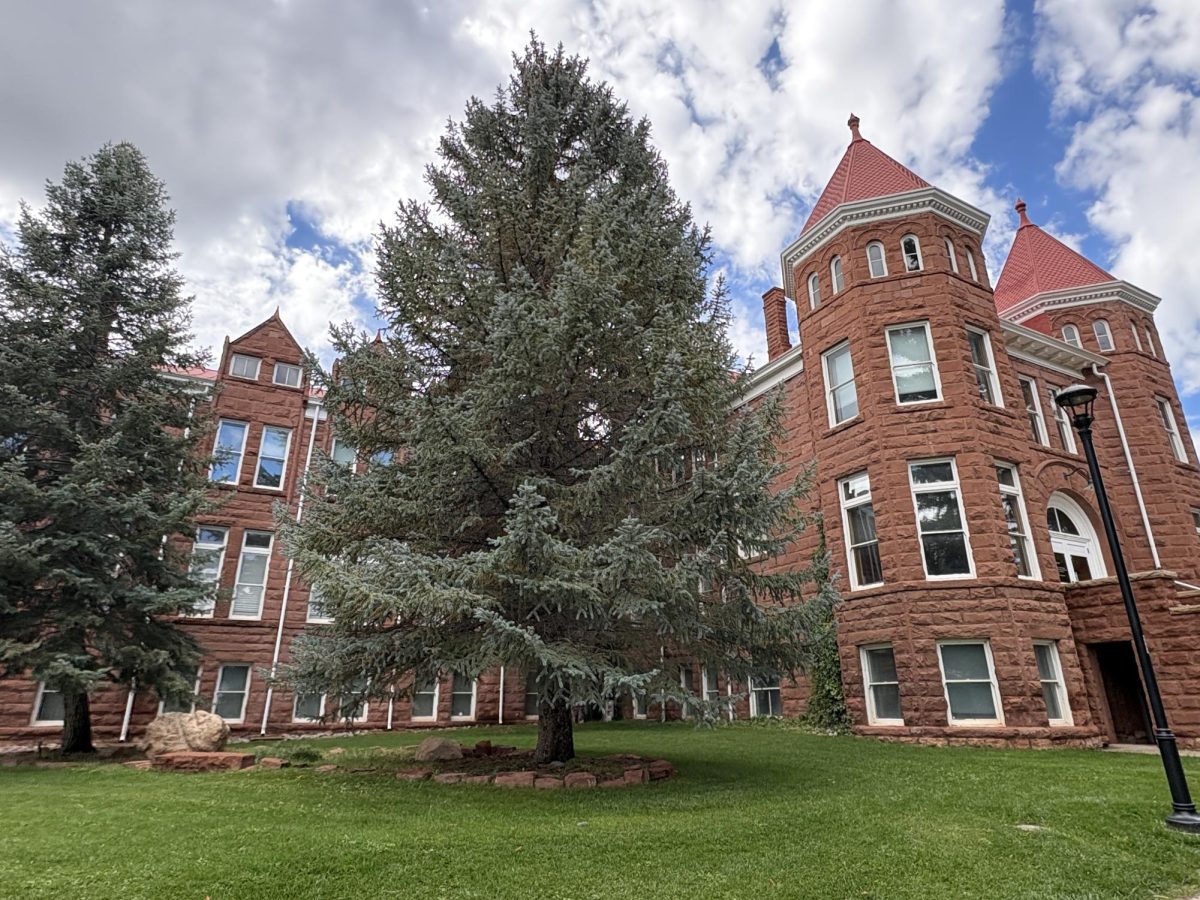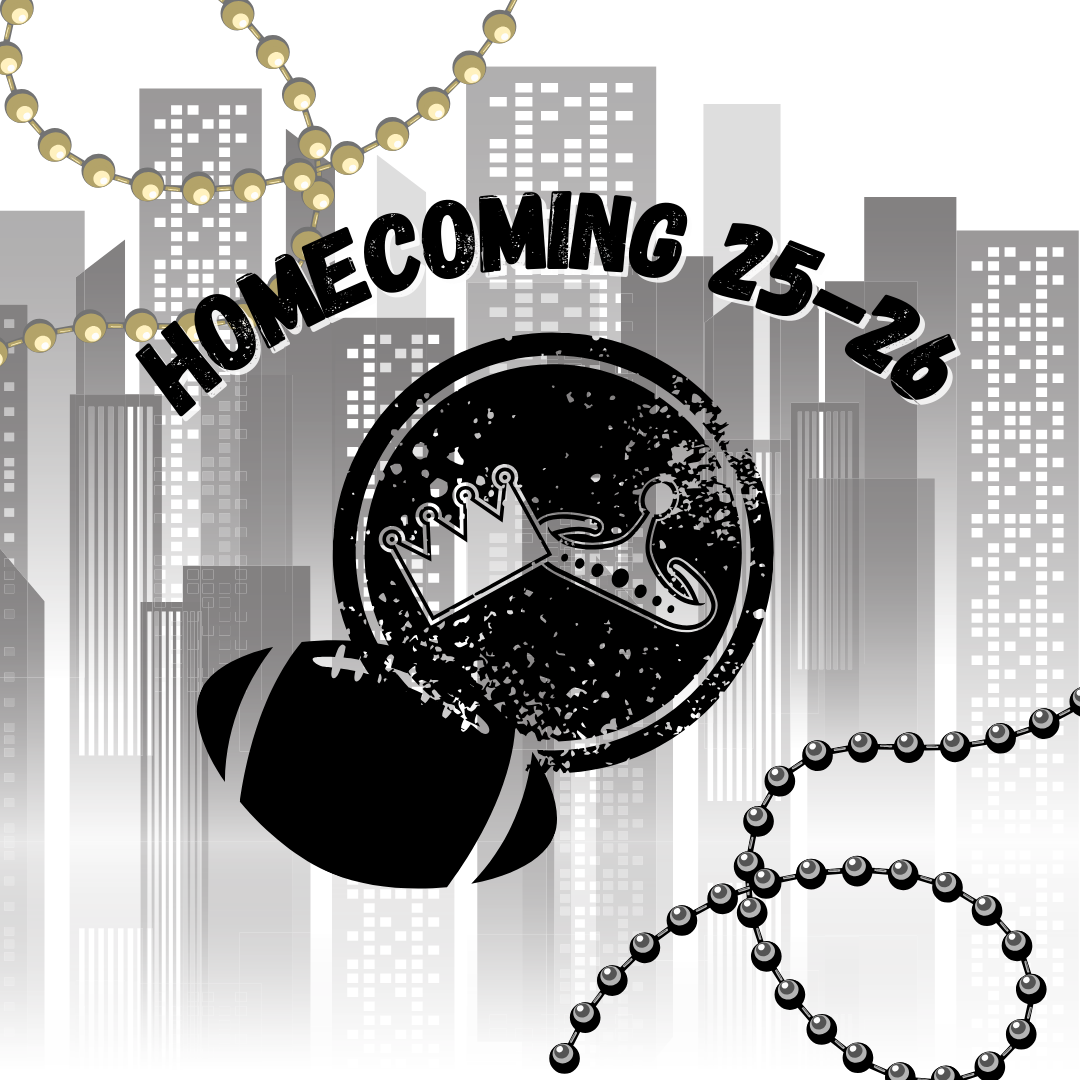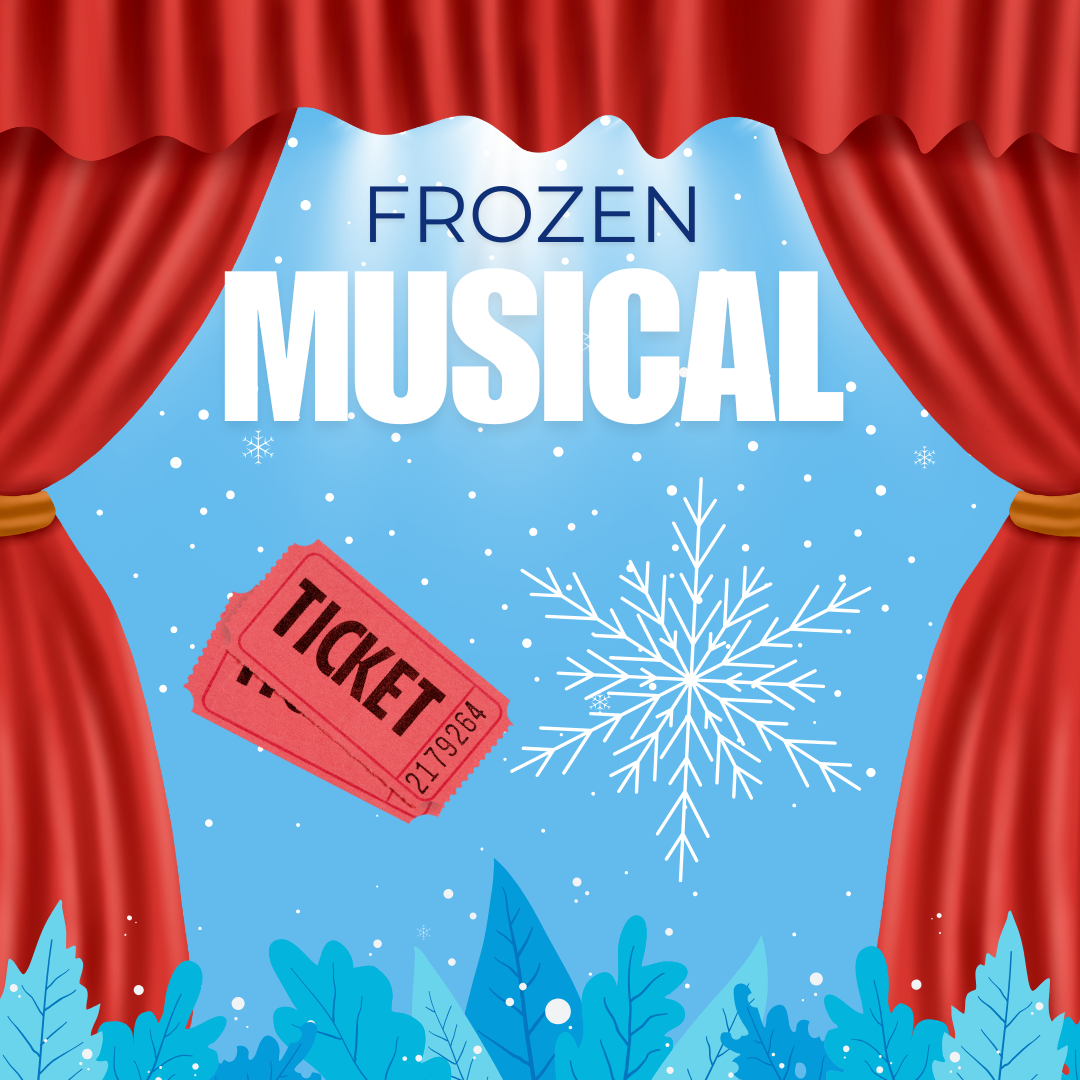Coming this Halloween at Verrado is the annual blood drive for anyone over sixteen to help donate blood to any American nationwide who might need it for a blood transfusion. students here at Verrado are being encouraged to participate since it costs nothing (aside from a small bit of blood).
According to Vitalant, the organization that is coming to Verrado, every year five million Americans need a blood transfusion, and because of blood donations, those Americans get to live another day. But for those in need of blood, individuals need to volunteer at blood banks and drive to donate the appropriate amount of blood.
Luckily, it’s not that complicated for an adult to go to a blood drive and fill out a form to donate, but for a student, it’s a little more complicated. First off, a student who wants to donate blood must be sixteen years old according to Vitalant, any freshmen and younger sophomores are going to have to wait another year or two to donate. Second, students will need parental permission to donate blood. A written signature from said parent and an approval date, as well as verbal consent, can be given by either phone call, email, or text.
Now that the legal part is out of the way, anyone who can donate and wants to donate will be told how the blood donation process exactly works and what to do after donating. Before going to get blood donated, students should practice muscle tensing exercises to prevent fainting during or after the donation, as well as drinking plenty of water a day before the donation and eating a low-fat meal the day of donating.
When arriving at the donation area, in the main gym, students will be asked to fill out a form covering their health history such as medications, any recent prior traveling, and any diseases that were recently dealt with.
For the drawing of a student’s blood, a nurse will clean the spot on a student’s arm where the blood will be drawn, then insert a needle into said spot. It’ll feel exactly like a shot at the doctor, so there’s no worry about being a harrowing experience since the nurse will only take about half a liter of blood.
After donating, students will be recommended to sit in a waiting area to allow their bodies to adjust after losing half a liter of blood. While waiting there will also be snacks and some drinks that will be free for the taking.
It should be mentioned that for students, there might be some risks to donating. Young donors can be at risk for low iron storage in their bodies after donating. The reason this could be a problem is because iron in the body keeps the hemoglobin level up, and hemoglobins are responsible for delivering oxygen to the different kinds of tissues scattered throughout the body.
The workers at the event will measure students’ hemoglobin levels before the donation to make sure everything will be alright and after the donation, if necessary, students will be recommended to take a dose of 18 to 28 mg of either a multivitamin that contains iron or a iron supplement dose to avoid any side effects.
Some additional side effects that may occur after donating are: bruising or hematoma of the area where the needle used to extract blood was done, excessive tiredness, decreased exercise capacity, light-headedness, dizziness, nausea/vomiting, palpitations, difficulty breathing, pale skin, a warm feeling throughout the body, allergic reactions, convulsions, and fainting.
Because of these possible symptoms, it’s recommended that students avoid using any kind of heavy, mechanical machinery, driving any kind of vehicle for twelve hours, and avoiding any exercise that involves heavy lifting or immense amounts of energy/strength for twenty-four hours.
Zachary Martindale, a Sports Medicine Instructor and HOSA Advisor, is helping organize this blood drive, He states “Blood drives are amazing ways that healthy individuals can assist these hospitals by donating life-saving blood products that are often used in emergency procedures to maintain a person’s blood supply. We also partner with the VHS Key Club to obtain signatures for the Give Blood, Give Back program. A program where the Litchfield Park Kiwanis Organization donates money back to the two clubs (HOSA and Key) for each donation.”
This blood drive will be happening for the whole school day on October 31st, any student who wants to donate will have the option to choose what class they’d like to skip and be excused from to donate. In the case a student for whatever reason can’t donate blood during this upcoming blood drive, there will be another opportunity happening during Spring.




